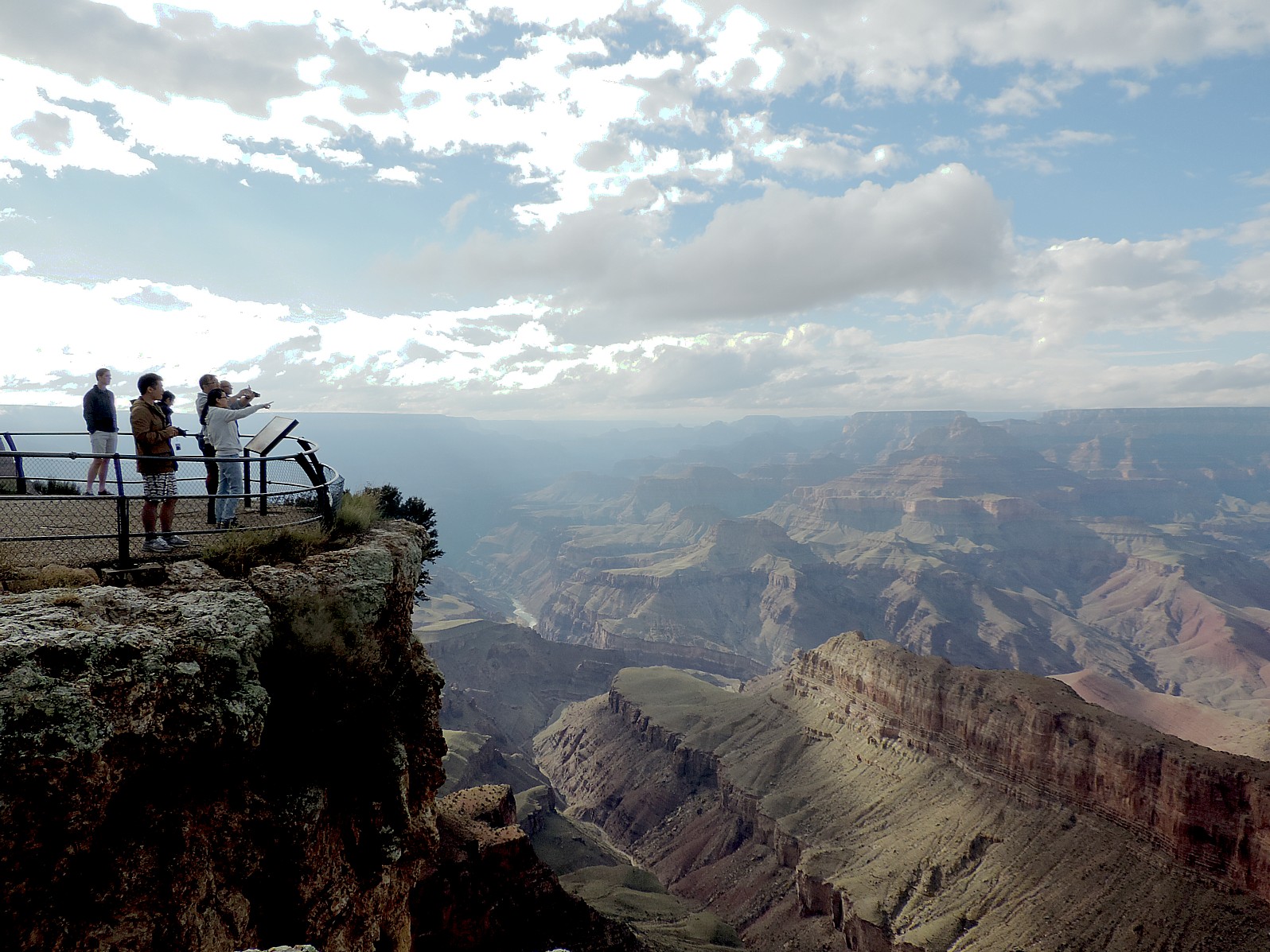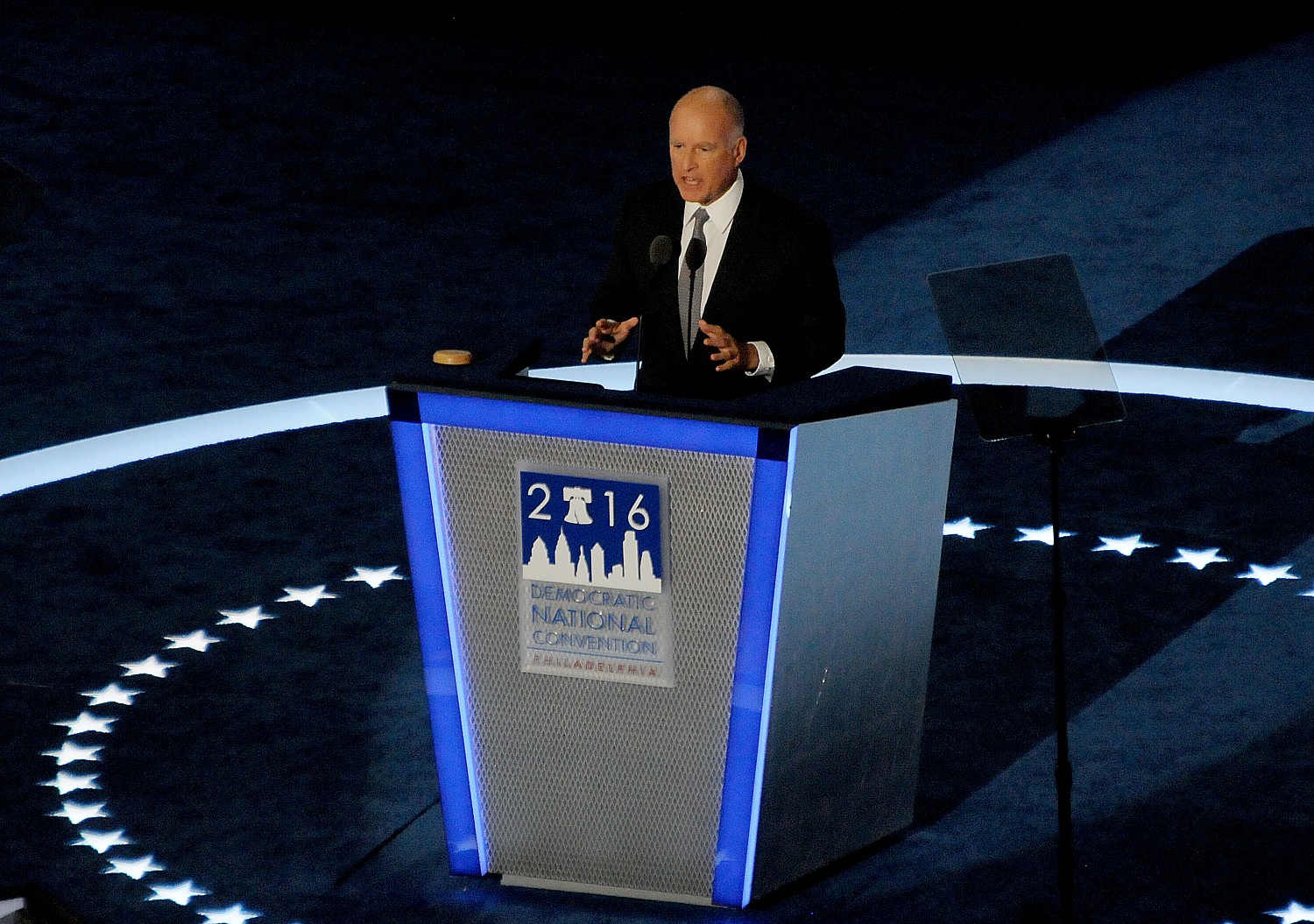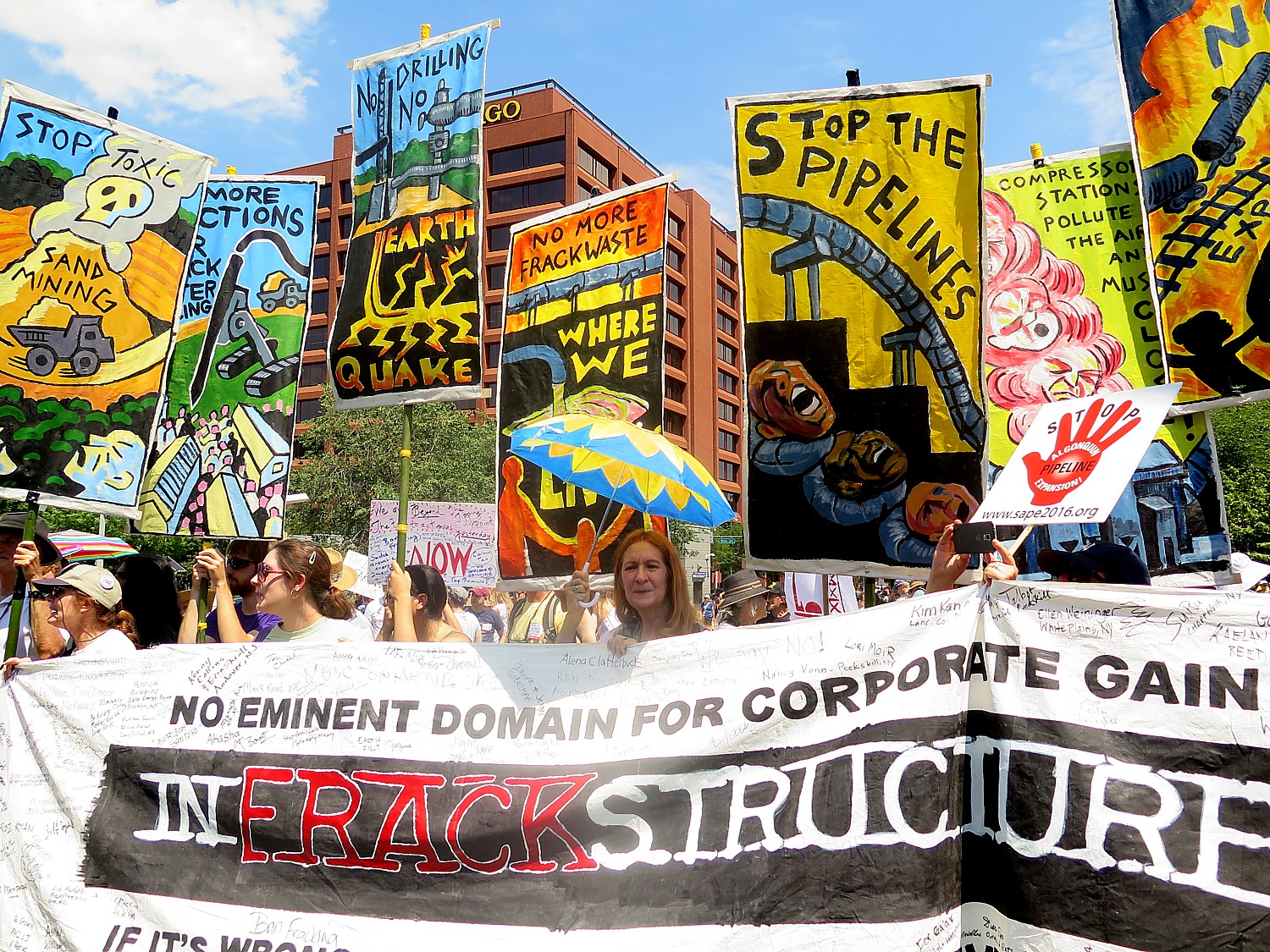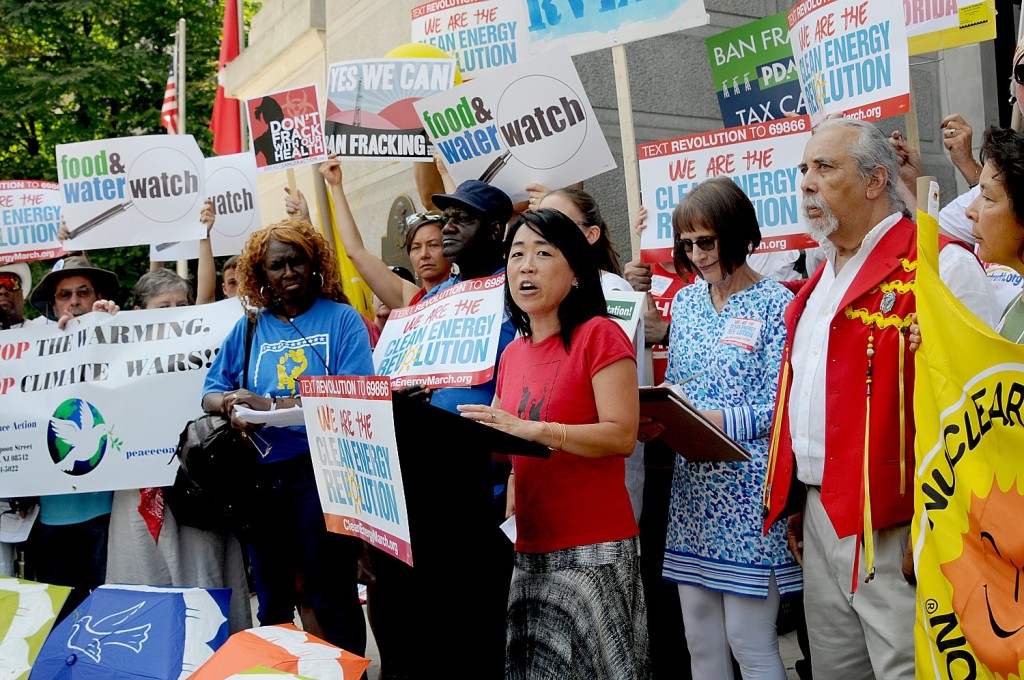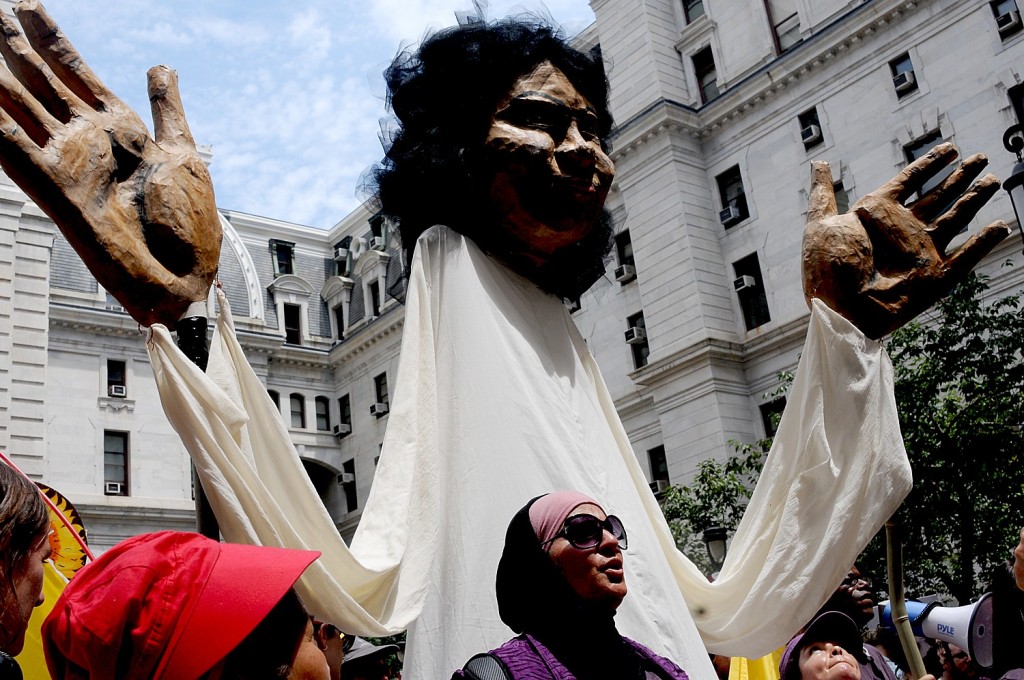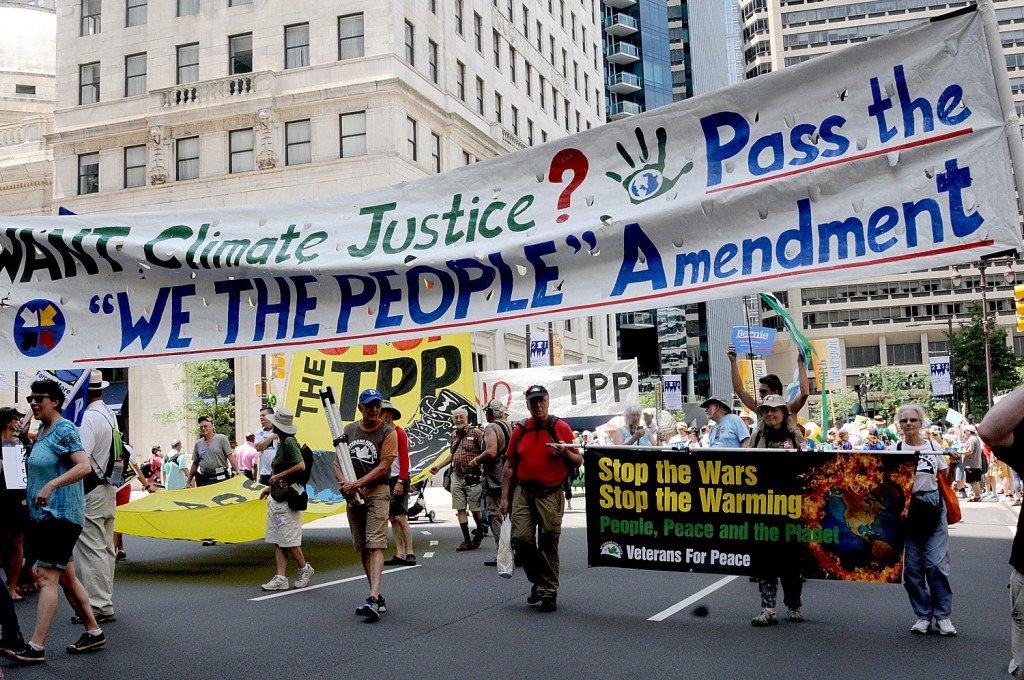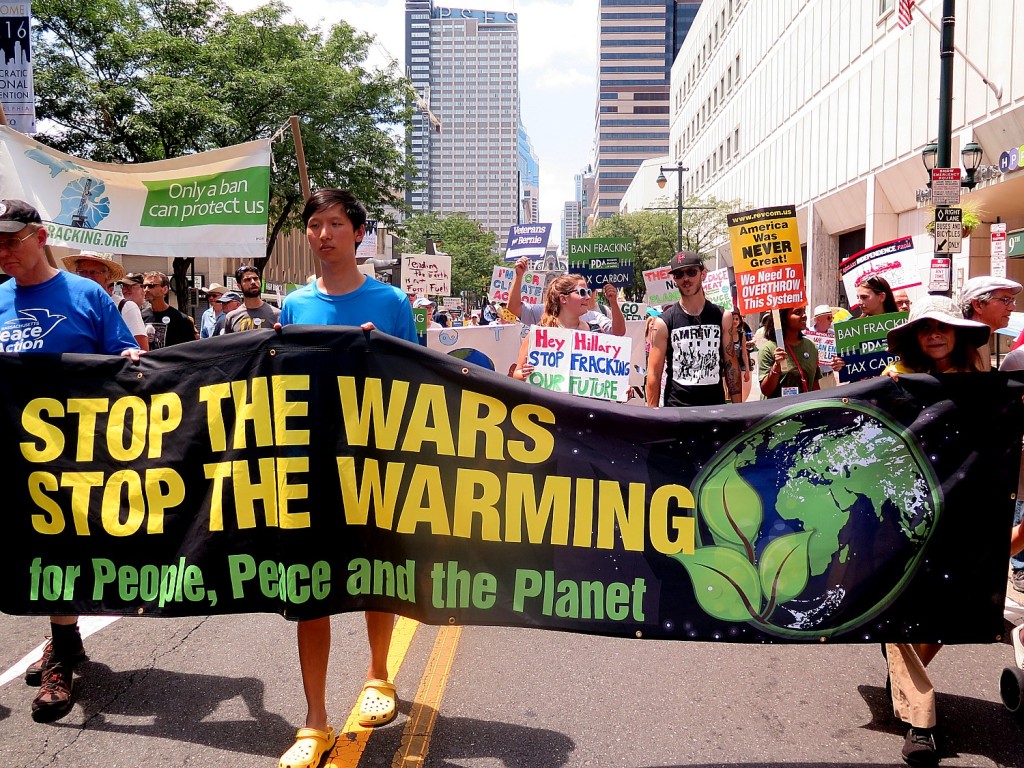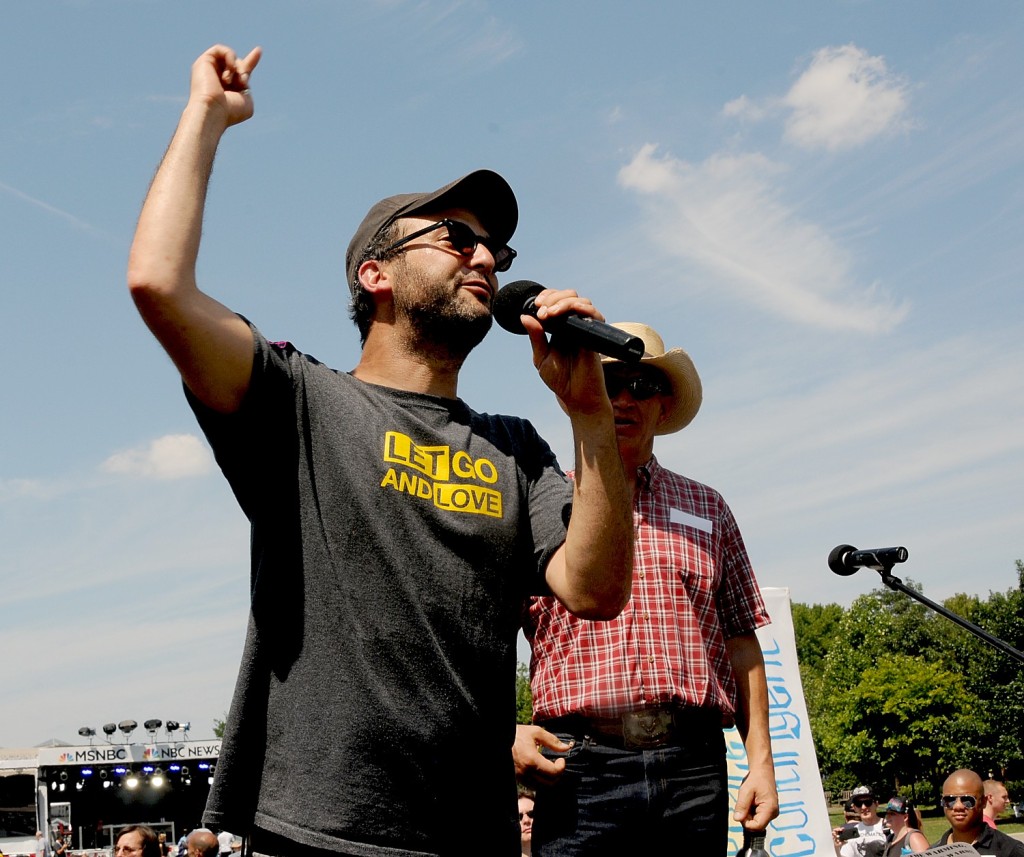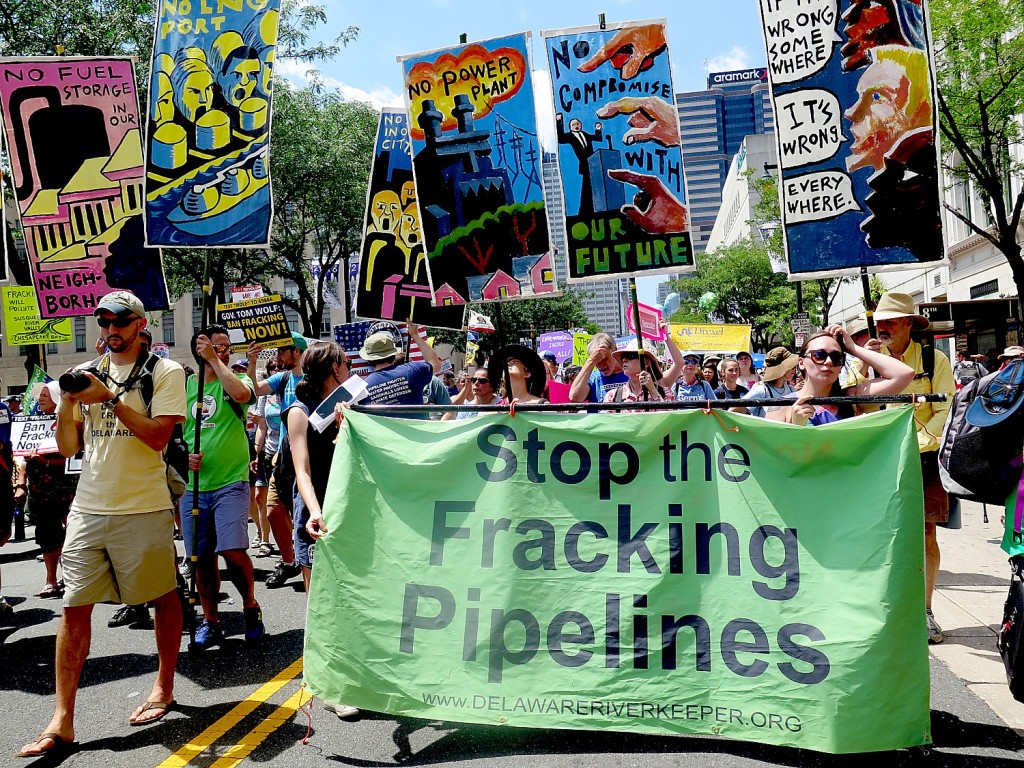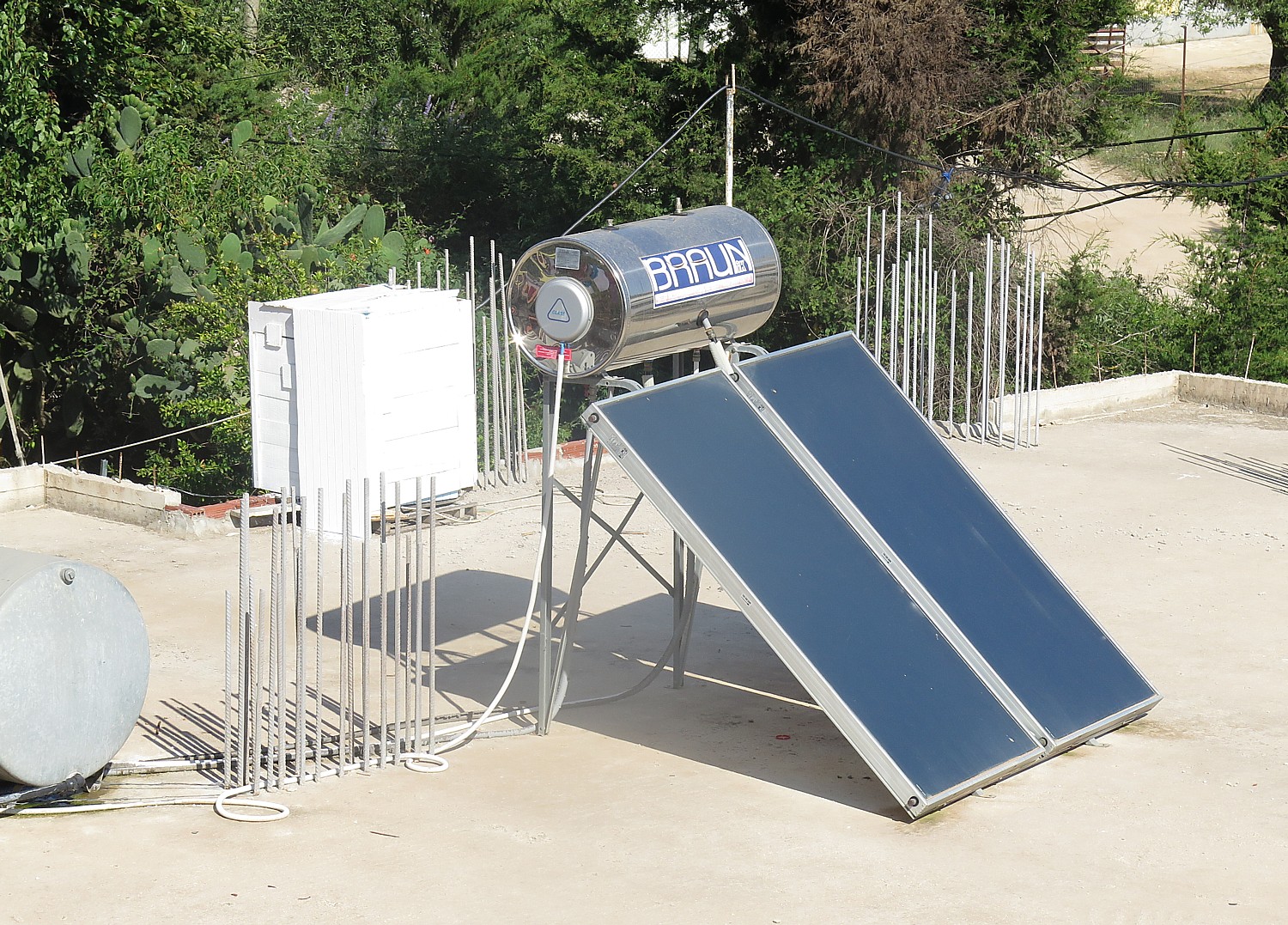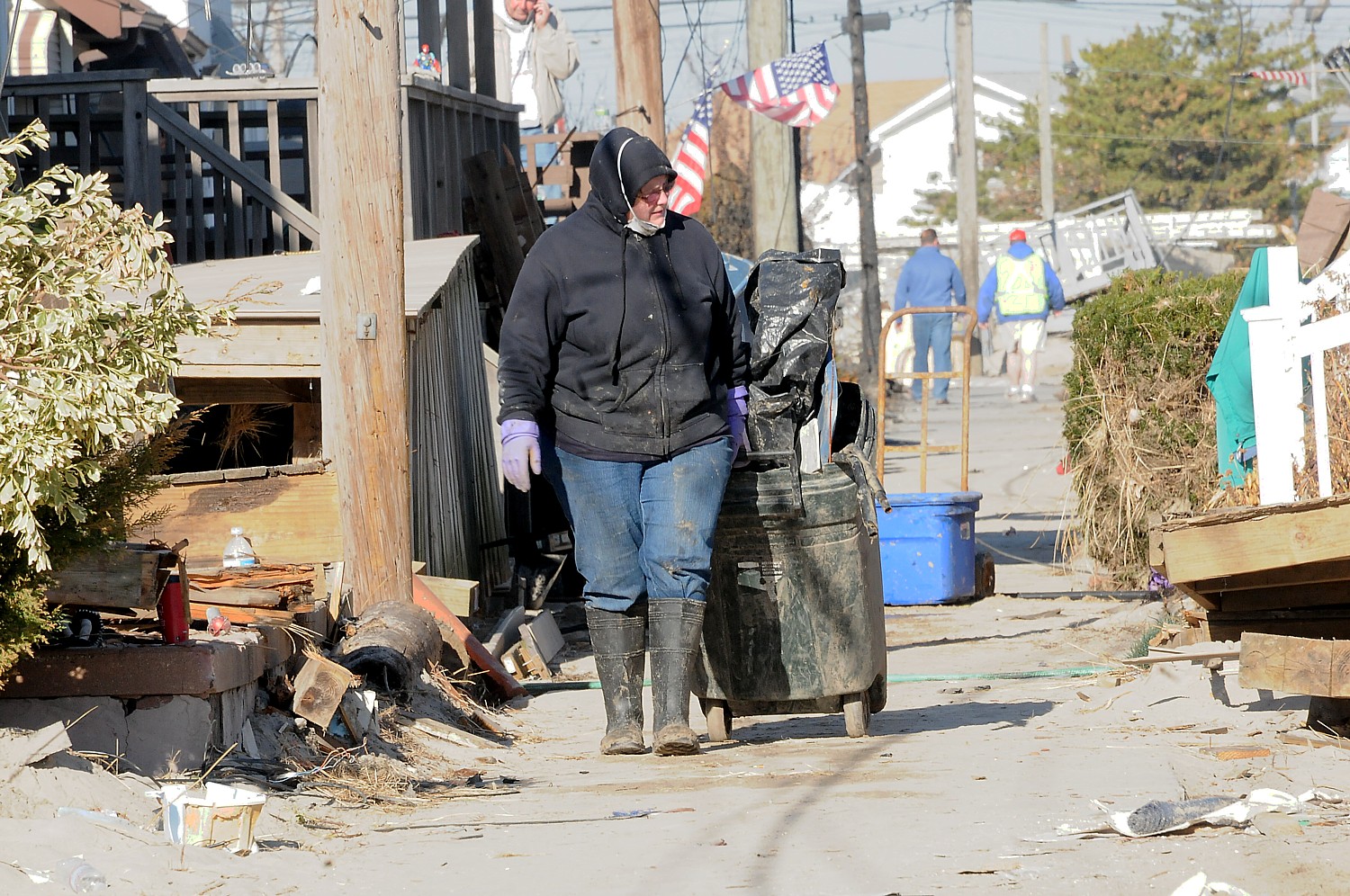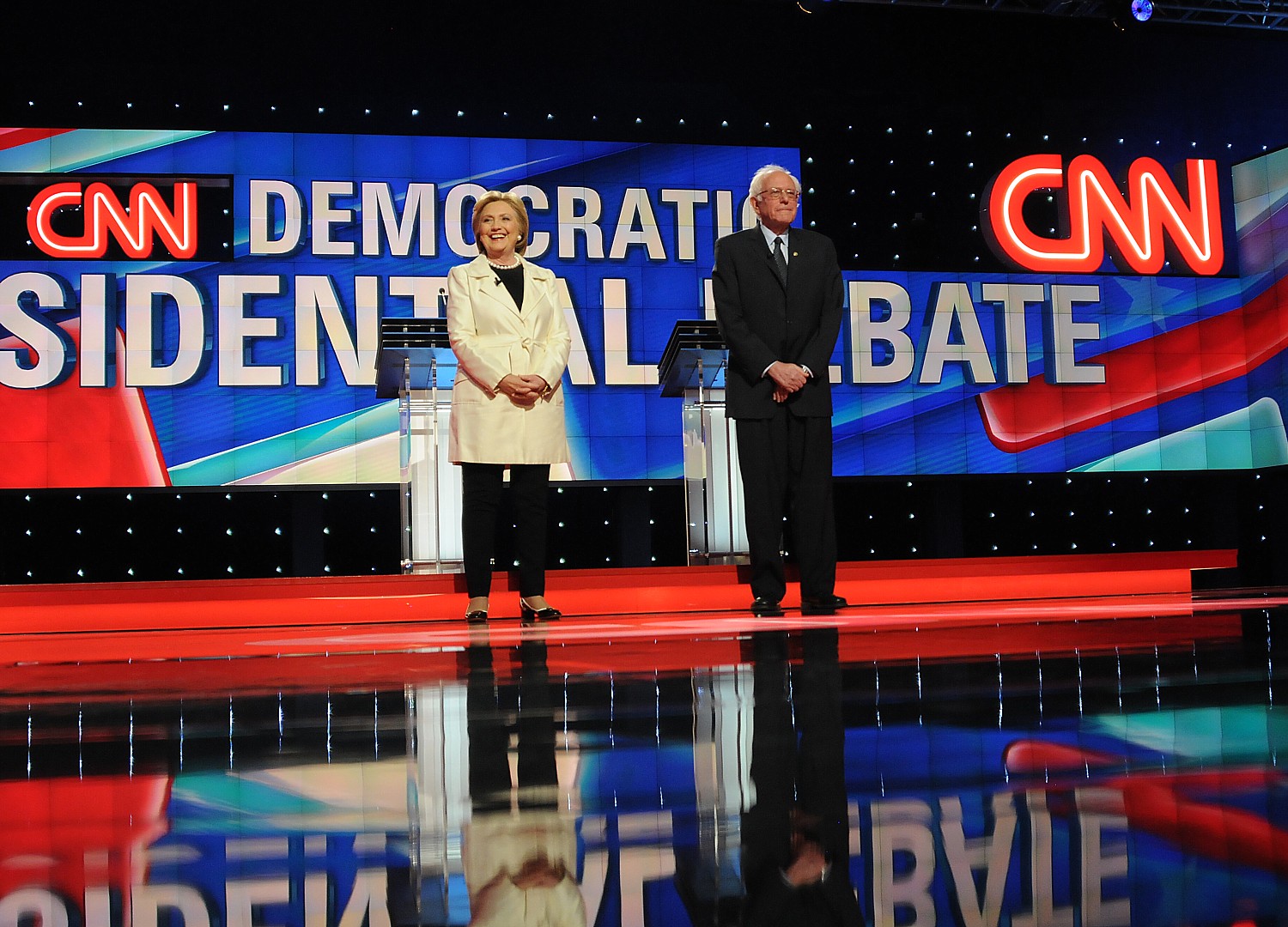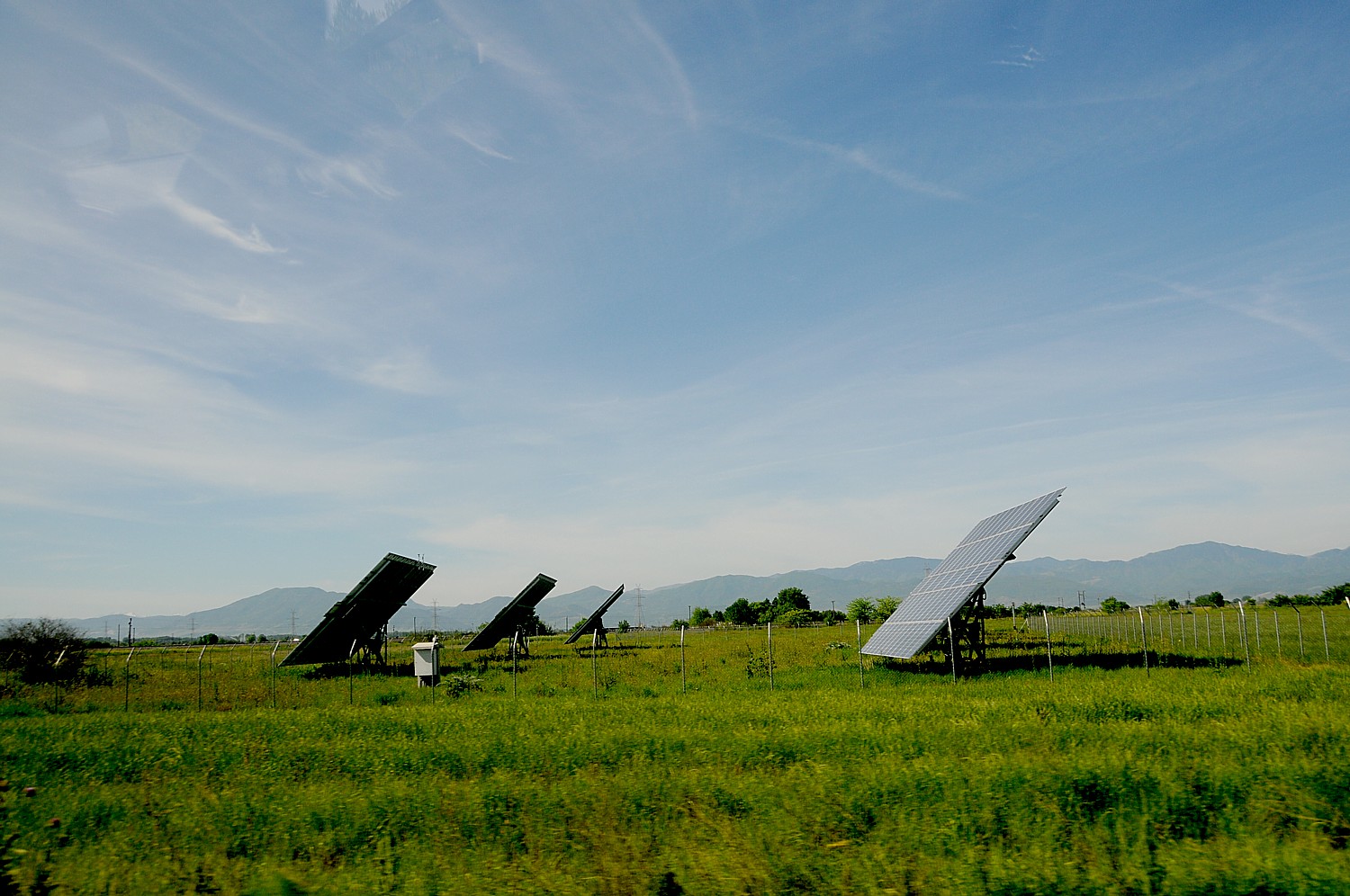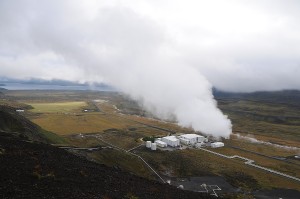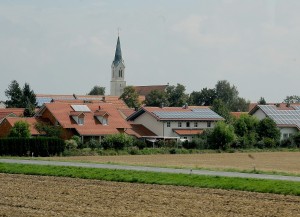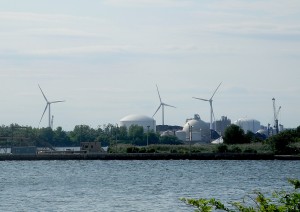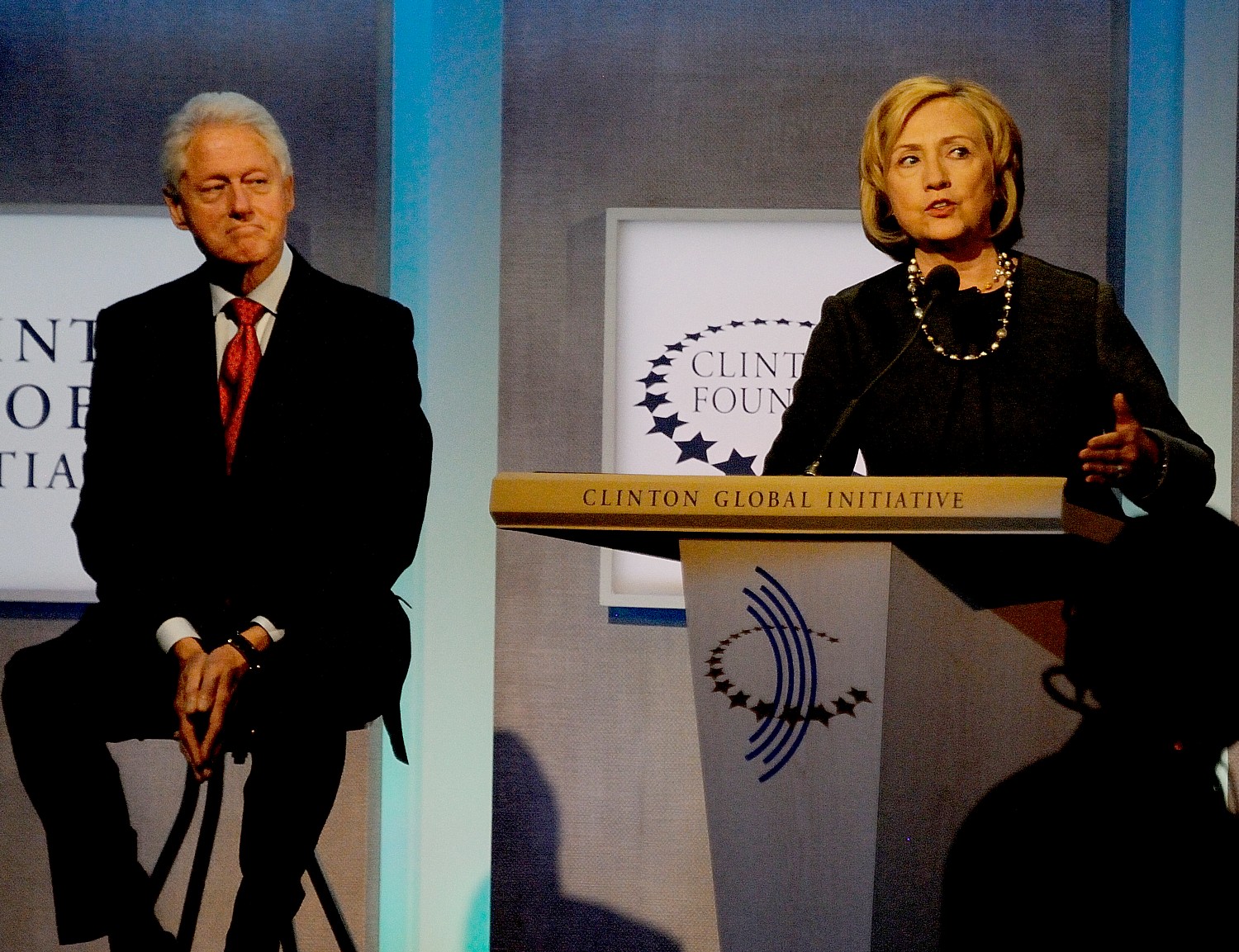
By Karen Rubin, News & Photo Features
For a few precious days each year for the past 10 years, I have had the privilege of stepping into what felt as an alternate universe – a place of possibility and progress, where the intractable challenges of all time, like health care, religious wars, systemic poverty, racism and sexism, global warming, had solutions, not just pie-in-the-sky ideas, that were being implemented. Year after year, we could see the faces of people whose lives were saved or improved – many even attended the annual meeting to talk personally – and we could measure the progress.
This was the Clinton Global Initiative, an extraordinary gathering of Movers and Shakers of the world – senior ministers of government, CEOs of multinational corporations and financial institutions, wealthy philanthropists, along with the NGOs (nongovernmental organization) worker bees who are the ones who actually labor to improve lives in their local communities. They included among them Nobel laureates like Mohammed Yunus of Bangladesh, who transformed his society using microfinance. They had the scions of billionaires like Warren Buffet’s son, Peter Buffet, Co-chair, NoVo Foundation, which committed $30 million over five years to help rebuild the education systems and address violence against women and girls in post-conflict West Africa; the Nike Foundation that financed programs empowering girls (“The Girl Effect”), Sophie Gasperment, CEO of BodyShop who sponsored a new approach to stop child sex trafficking.
This was not charity. This was a nonprofit institution that figured out how to create sustainable development. The model has since been used by the Obama Administration, in the design of Strong Cities, Strong Communities program which forged public-private partnerships to spur economic development in cities like Detroit, for example, in programs forging public-private partnerships to cultivate adoption of clean, renewable energy, and in Michelle Obama’s “Let Girls Learn” initiative and the “Joining Forces” program to incentivize companies to hire veterans returned from war.
At the first Clinton Global Initiative, Condoleezza Rice shared the stage with Al Gore. Over the years, other prominent Republicans – including Republican candidates for president (John McCain, Mitt Romney), made appearances if not in person, by videolink. But that pretty much stopped after Florida Governor Charlie Crist was photographed hugging President Clinton at a session on climate change; the photo was blasted on page 1 all over Florida, and he was drummed out of the Republican Party and Florida politics.
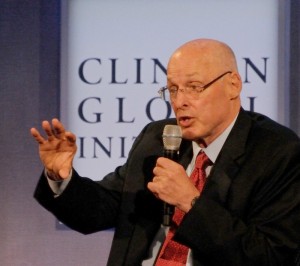
Sure I gagged when I heard Lloyd Blankfein of Goldman Sachs say “We are doing God’s work,” but there was former Bush Treasury Secretary Henry Paulson calling for a tax on carbon. “We need a national policy to unleash the markets, unleash innovation, that will lead to new technologies and change behavior – business and consumer behavior.”
“We started CGI to create a new kind of community built around the new realities of our modern world, where problem-solving requires the active partnership of government, business, and civil society,” President Bill Clinton stated when he announced changes to the Clinton Foundation and that this year’s Clinton Global Initiative would be the last. “We’ve brought together leaders from across sectors and around the world both to talk about our challenges, and to commit publicly to actually do something about them. It was something different, but our bet paid off: there was a hunger for the chance to make an impact that brought together people and organizations with the resources to make a difference with people who have the knowledge and experience to turn good ideas into action. Corporations, governments, and non-governmental organizations began combining their strengths and finding entirely new approaches to old problems. CGI quickly became an embodiment of what works best in the 21st-century world, and what has been behind all of the Clinton Foundation’s work since the very beginning: networks of cooperation.
“This partnership model, which may seem self-evident today, was simply not how philanthropy and corporate responsibility worked over a decade ago. Today, members of the Clinton Global Initiative have made more than 3,500 commitments that are already improving over 430 million lives in more than 180 countries. These projects will continue to make an impact around the world and in the U.S. The idea that working together beats going it alone has caught on well beyond our CGI community.”
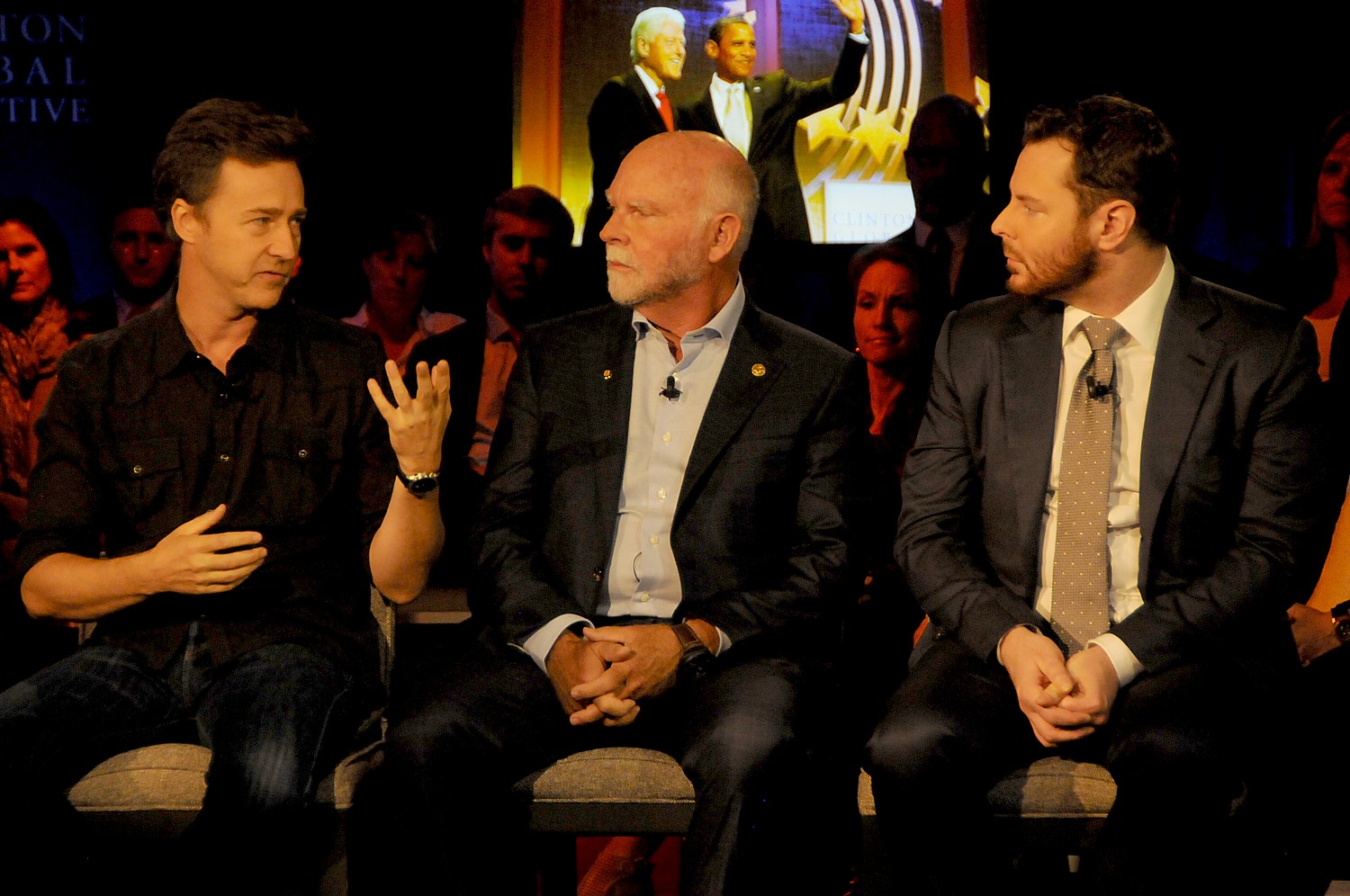
The Clinton Foundation and the Clinton Global Initiative have been the greatest force for good in a very disturbed, unsettled, increasingly dark world – it makes Jimmy Carter’s Habitat for Humanity look like the Cub Scouts.
And because Clinton Global Initiative has been such a gamechanger in actually making progress against the most intractable challenges facing the planet today, the Republicans have been trying to kill it forever. That’s because the Republicans realize that their power and control depends upon persistent income inequality, suffering and despair, and an underclass of voiceless, unrepresented people. They don’t want real solutions to anything. They want to be able to throw a few dollars at a problem for their own sense of redemption, while actually committing pay-for-play in accommodating their donors, like Dirty Fuels and the NRA.
Now Donald Trump, desperate to turn the tide on his disgraceful, despicable campaign, has been searching for something, anything, to distract. So far, that has been Clinton’s emails and Benghazi. But even that could only go so far. So now it is Clinton Foundation and his trumped up scandal of pay-for-play without a single instance of actual wrongdoing. He has accused Hillary Clinton of “selling her office” to the detriment of national security.
Trump’s wet dream is that a special prosecutor, a la Ken Starr, would be appointed, with likely the same tactics as Starr used – locking up people until they gave the evidence he wanted. And when nothing was found to show the Clintons did anything illegal in the Whitewater land deal, Starr (the guy who had to resign his post at Baylor over ignoring sexual assault on campus) simply shifted gears to go after Clinton’s adultery. (Clearly, this is another case of projection by Donald Trump, who attacks opponents for the impropriety that he commits, including pay for play, which he has boasted of mastering, as when he got New Jersey Governor Chris Christie to reduce a $30 million tax bill on his failed Atlantic City casinos to a mere $5 million.)

CGI was so successful precisely because it brought on board leaders in government, industry, finance and philanthropy, together with NGOs and entrepreneurs. So why should it be a surprise that these same people – the Crown Prince of Bahrain, Bill and Melinda Gates – would also meet with the Secretary of State? Cause and effect are mixed up. These weren’t unknown money people who only after making a donation to the Clinton Foundation, not only got a meeting with Secretary of State they wouldn’t otherwise have had, but also some action that somehow was counter to the interests of the United States.
The Clinton Global Initiative has had stunning success in creating new programs to bring clean water, seeds, medicine, health care including training midwives (delivering birth was the most dangerous thing a woman could do), solar energy, education. Their projects have saved millions of children from death from disease and hunger, addressing issues such as child brides, human trafficking, drought, famine. And we haven’t even started on global warming, protecting the ocean, education, entrepreneurship, conflict resolution.
The programs have not just fostered new insights and new partnerships that could produce solutions to problems, but have changed cultures of countries and corporations and societies. Walmart – the company progressives love to hate – introduced sustainability throughout its delivery chain, resulting in tens of thousands of fewer trucks on the road spewing carbon emissions contributing to global warming, Goldman Sachs devised a new sort of bond to help fund repair of coral reefs. A company found investors for a process to turn algae production into fuel to power US Naval ships instead of diesel.
It is remarkable to hear Queen Rania of Jordan, a regular at CGI, speak about the need to improve access to education and jobs for women, and for young people generally, and (in 2010). I recall one panel discussion with HRH Prince Salman bin Hamad Al-Khalifa, Crown Prince and Deputy Supreme Commander of the Kingdom of Bahrain, President Bill Clinton, Salam Fayyad, Prime Minister of the Palestinian National Authority together with Shimon Peres, President of the State of Israel, talking about peace in the Middle East that was probably the closest the two intransigents had ever been to actual agreement. Or hear Bill Gates talk about having cut the number of child deaths in half, with a goal of reducing the number even further – to a mere 3 million a year, “where child in low income country can survive as well as a child in middle income country.”
It literally restores faith in a way that praying in church can’t possibly.
CGI has paved the way for a generational change in outlook through its CGI University, bringing college-age people together to channel their vision, their entrepreneurism, their talents and energies on these problems of health, education, global warming, poverty.

Last year’s Hult Prize at CGI– a competition for young entrepreneurs to solve a problem around a particular theme or problem (the winner gets $1 million in start-up capital), went to IMPCT for a project to create small play-based daycare franchises, owned and operated by a local entrepreneur to serve 20 nearby families with affordable early education, right in Brazilian slum neighborhoods, enabling mothers to work, children to have a decent place to learn, and create new pathways to entrepreneurship for women.
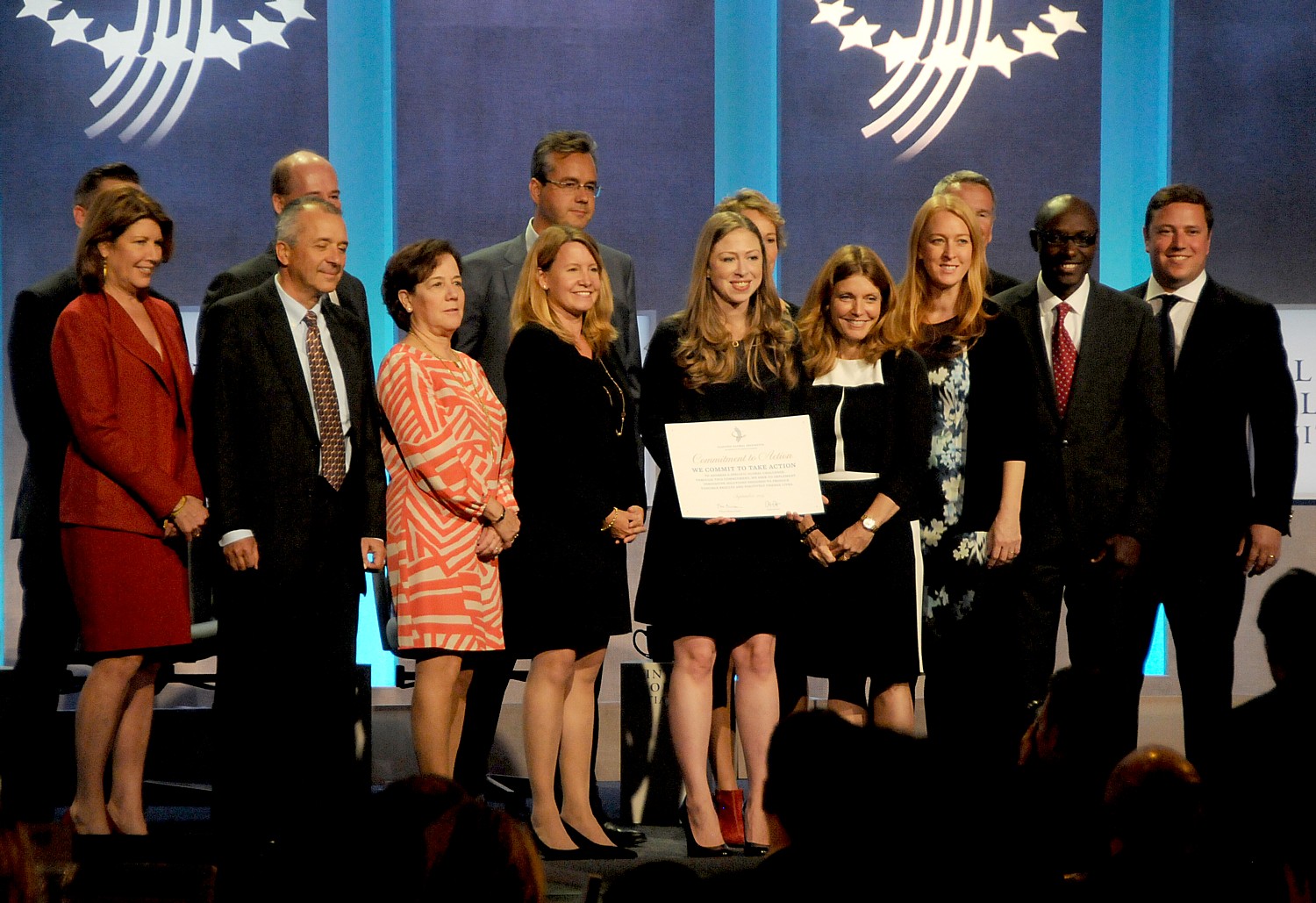
The unique aspect of Clinton Global Initiative is that every participant must make a commitment, and that commitment is monitored for implementation and measured for success. (You can’t even trace Donald Trump’s so-called “charitable contributions” or what went purely to get a tax deduction, or in the case of his recent adoration for veterans groups, to buy votes.)
The CGI provided a unique forum, a unique space, for these various entities to meet, even serendipitously, and partner together on “commitments.” I heard this same thing over and over. The conference offers a showcase for the “idea” people to pitch to the people who can fund and implement – so you see extraordinary collaborations.
So far, besides a couple of requests for meetings (which Clinton’s aide Huma Abedin said needed to go through official channels), a request for help with a visa (denied), or introduction to an ambassador by a Lebanese Nigerian who wanted to convey some information about an upcoming election in Lebanon, there has been no evidence of inappropriate action on Secretary Clinton’s part – that is, something that went counter to US interests, or specifically benefited the Clinton Foundation or them personally.
The billions of dollars that have been funneled into these projects went into the projects, not into the Clintons’ pockets.
Ah, but the appearance, the perception, we are told.
Trump is trumping this whole thing up because he is absolutely desperate, and this (thanks to Bernie Sanders and Jill Stein, whose entire attack hinged on Hillary’s connections with corporations and special interests), is his last straw (well, along with the conspiracy that Hillary is sick).
As a result, we aren’t hearing anything about Hillary Clinton’s proposal for a rapid response to pandemics and bolster health infrastructure – issues that have been tackled at CGIs – or how she would promote small businesses in minority communities, which she announced last week. Or any of her specific plans to create jobs, fight ISIS, make communities safer and more successful.
And yet, Donald Trump has run his campaign as an infomercial, has clearly directed campaign spending directly to his own companies, family members and friends, has as his “advisers” his biggest donors (Carl Icahn, Robert Mercer), has refused to be transparent about what he owns and what he owes (like the millions he is in hock to with banks owned by the Chinese government), has clearly bought favors and would very likely bring these practices directly into the Oval Office, making or breaking deals through the prism of what benefits his own personal business interests.
Trump said years ago that he thought it would be possible for a presidential campaign to actually earn money, and that is exactly what he is doing. And there is no indication whatsoever that he wouldn’t do the same if he actually was in the Oval Office.
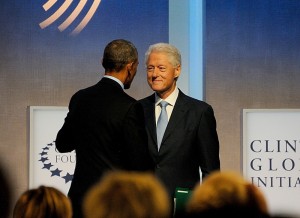
No one has been so scrutinized, analyzed, dissected as much as Hillary Clinton. If the same level of analysis was applied to anyone else (like Donald Trump, Jill Stein), I doubt they would pass muster. We actually don’t know anything about Donald Trump’s real income or supposed success as a businessman, whether he contributes to charity or whether he uses his “contributions” to buy politicians. He has said himself that no one knows the system better than he does. And these attacks on the Clinton Foundation and the Clintons is yet the latest example of “projection” – attacking the opponent for the very thing that you are doing. Trump has admitted to being a master at rigging the system.
And the real tragedy is that the Clintons are planning to shut down Clinton Global Initiative altogether and dramatically curtail the Clinton Foundation. Instead, they should do what any other president would do – resign as members of the Board and have a “blind trust” while Hillary Clinton is president.
Some Examples of Clinton Global Initiative Commitments
Here are some examples of the more than 3,000 CGI commitments:
Reaching 1 New Person with Clean Water Every 10 Seconds, Commitment by: World Vision, Partners: Procter & Gamble, Sesame Workshop, Coca-Cola, Grundfos, United Solar Initiative, University of North Carolina Water Institute, Denver Mattress, Kohler, Water Now, Water4, Well Spring for the World, Drexel University, Design Outreach, Desert Research Institute, Messiah College. In 2015, World Vision and partners committed to reaching one new person every ten seconds with clean water and sanitation on or before 2020, directly impacting 13 million people in 36 countries in Africa, Latin America, the Middle East and Asia. To do so, World Vision will form committees in each of the communities in which they work which are responsible for managing the community’s water points, which may include traditional boreholes with a hand pump, mechanized boreholes with solar power, protected springs, and rainwater harvesting. As girls and women bear the burden of collecting water globally, World Vision will specifically engage women in leadership positions within the committees. This commitment scales upon World Vision’s 2011 commitment to provide water, sanitation and hygiene solutions in 10 African countries.
Books For All: A Digital Library for 5 Million People: Commitment by: Worldreader; Partners: United Nations High Commissioner for Refugees, Bill & Melinda Gates Foundation, Penguin Random House, Inc., Longhorn Publishers, Pratham, Microsoft, Rosetta Books, Cisco Foundation, Vodafone Group Foundation, Hesperian Books. In 2014, Worldreader committed to provide 5 million people with increased access to digital books in the next three years. The organization will quadruple the size of its digital library by 20,000 book titles, adding titles in English and local languages, with a particular focus on STEM and health content, as well as increase the number of distribution channels available by creating Android-based and web browser mobile reading applications. Worldreader announced today that as of March 2015, 4,230 books have been added to its global library, with a focus on reading materials that are about girls’ empowerment and STEM. Worldreader has reached 489,725 more readers since the CGI commitment was realized.
African Rhino Protection Program, Commitment by: United Postcode Lotteries, Partners: Peace Parks Foundation, World Wildlife Fund, South African National Parks, Ezemvelo KwaZulu-Natal Wildlife, Government of South Africa
Partnership to Map Air Pollution Across California Cities, Commitment by: Aclima, Partner: Google
Healthy Honey Bees: Linking Food Security & the Environment, Commitment by: Monsanto Company, Partners: National Alfalfa & Forage Alliance, Western Growers, American Honey Producers Association, American Beekeeping Federation, Eastern Kentucky University, National Cotton Council of America, Project Apis m., The Keystone Alliance, U.S. Department of Agriculture, Field to Market
And there are more than 3000 more.
_______________
© 2016 News & Photo Features Syndicate, a division of Workstyles, Inc. All rights reserved. For editorial feature and photo information, go to www.news-photos-features.com, email editor@news-photos-features.com. Blogging at www.dailykos.com/blogs/NewsPhotosFeatures. ‘Like’ us on facebook.com/NewsPhotoFeatures, Tweet @KarenBRubin

